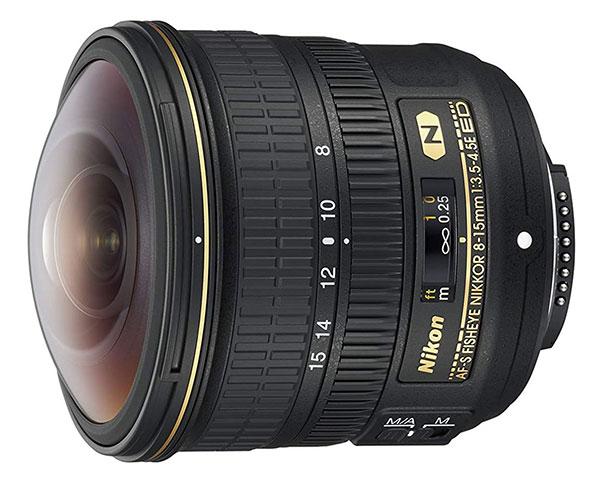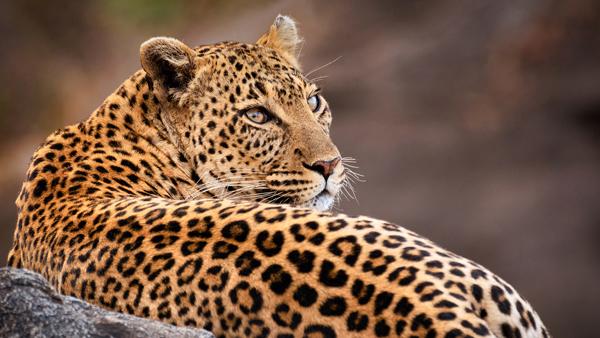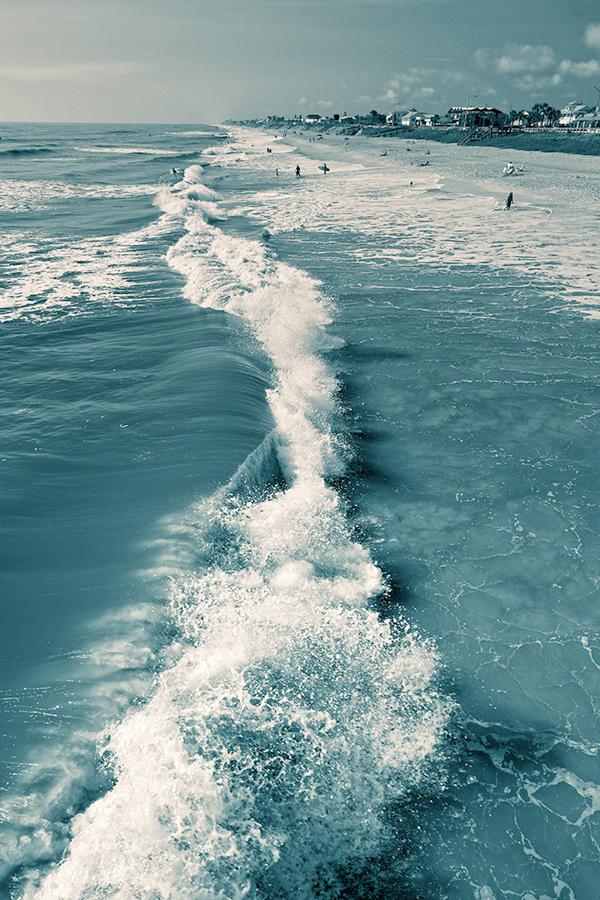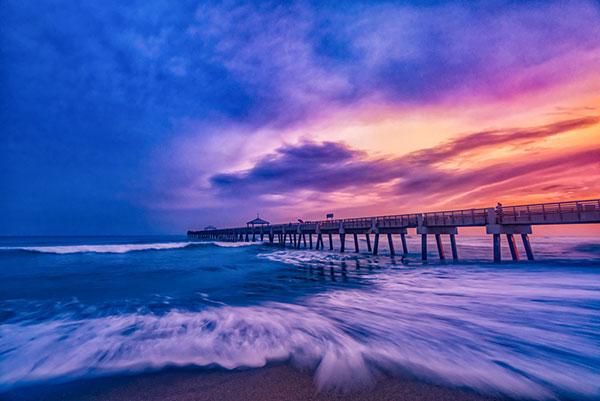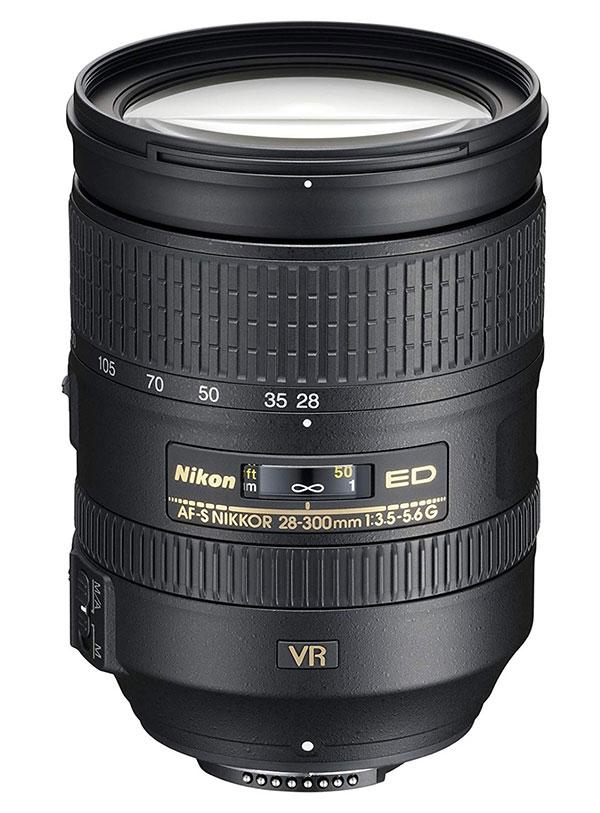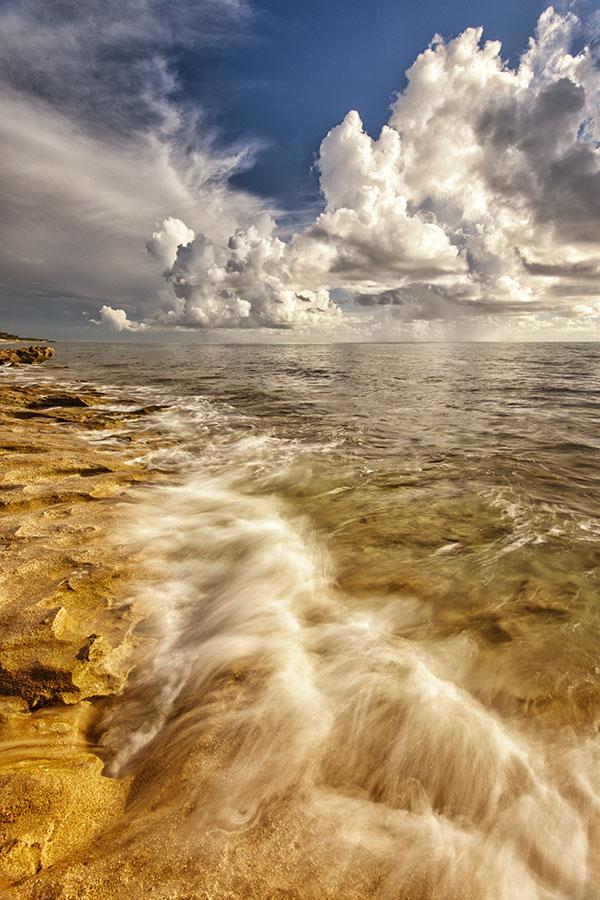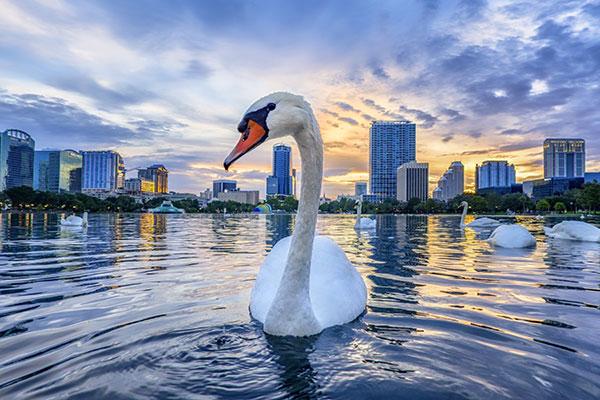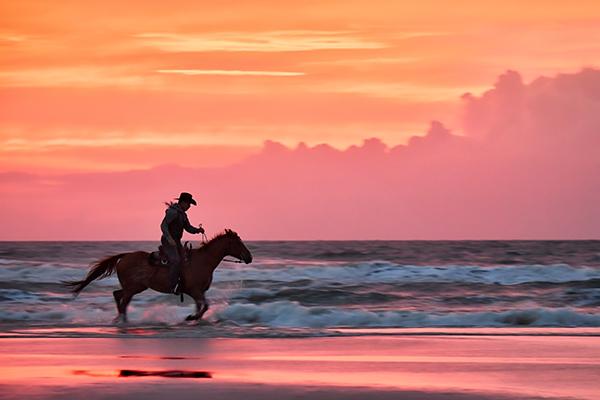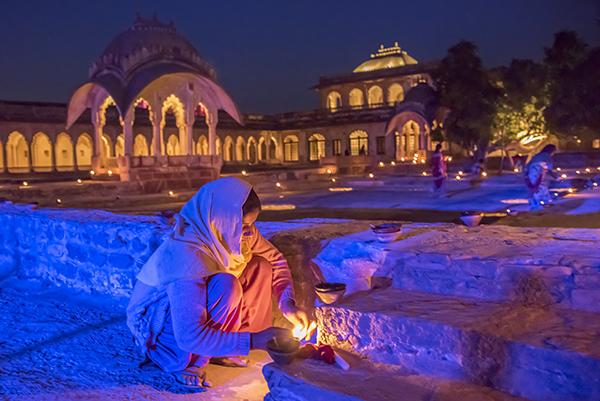On the Road
Sort By: Post Date TitlePublish Date
|
Nov 22, 2019
|
Oct 04, 2019
|
Aug 14, 2019
|
Jul 22, 2019
|
May 29, 2019
|
Apr 10, 2019
|
Feb 26, 2019
|
Jan 24, 2019
|
Nov 30, 2018
|
Aug 09, 2018
|
Feb 14, 2018
|
Dec 05, 2017
